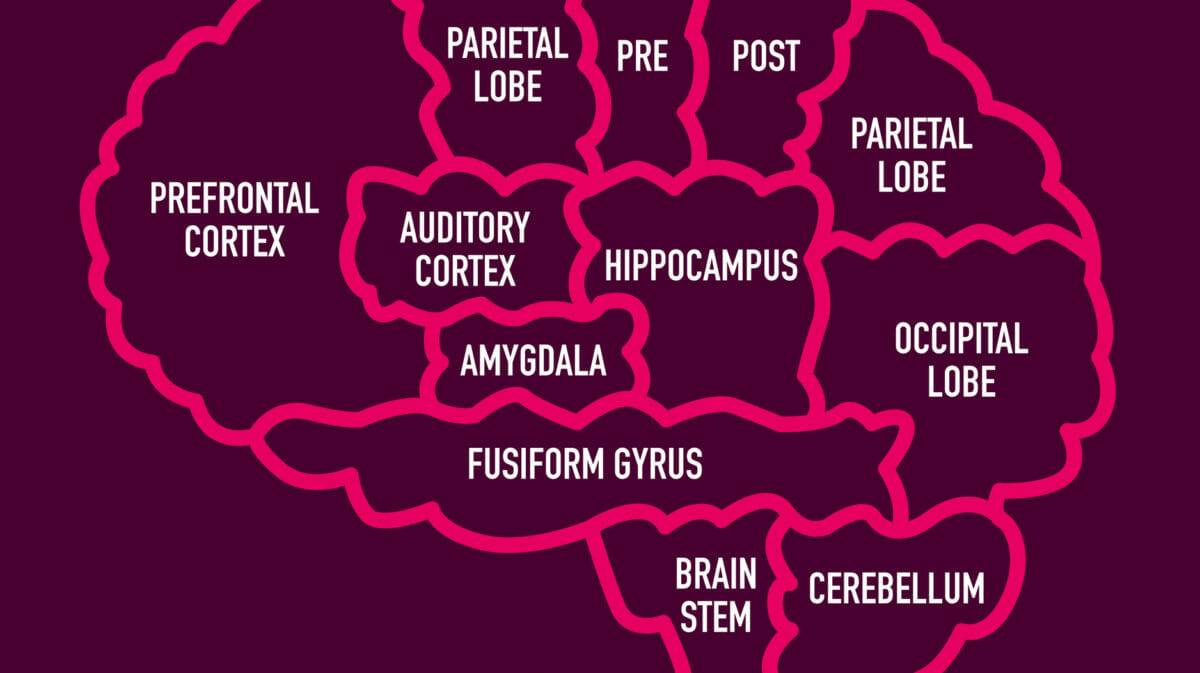What Is Brain Death?
Brain death is a rare event that occurs in one out of every 200 hospital deaths. It means that the brain is no longer working and never will again. When brain death is declared, it means the person has died.

What is Brain Death?
Brain death results from swelling in the brain; blood flow in the brain ceases and without blood to oxygenate the cells, the tissue dies. Once brain tissue dies, there is nothing that can be done to heal it. At this point, no brain function exists. Brain death is irreversible. Brain death is death.
Testing for Brain Death
Brain death is a rare event that occurs in one out of every 200 hospital deaths (CDC study, 1986). The diagnosis for brain death is very conservative and is only made when there is no doubt in the findings. A number of tests are performed by physicians to confirm: the patient has no response to verbal or visual command, the patient is flaccid; pupils are unreactive and fixed; has no oculocephalic, gag, oculovestibular or corneal reflexes; and there is no spontaneous respiration.
Donation After Brain Death
Families of a brain-dead patient must, by federal regulations, be provided the option of organ donation. If the family declines donation, the mechanical ventilator, medications and fluids are discontinued, after which the heart stops. If the family says yes to donation, the regional organ procurement organization (LifeSource in MN, ND, SD) is involved. The donor’s body is kept functioning by artificial means, such as a ventilator support until the recovery of organs and tissue for life-saving transplant.
 Skip to main content
Skip to main content
